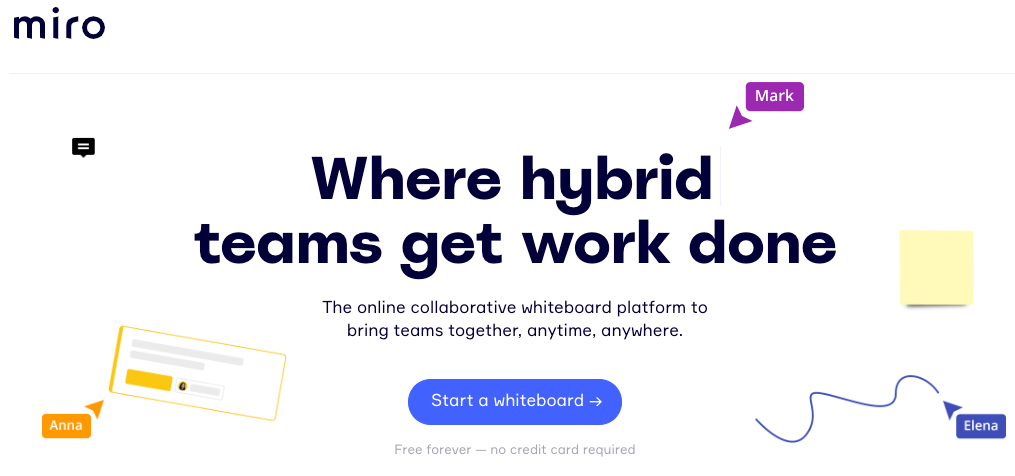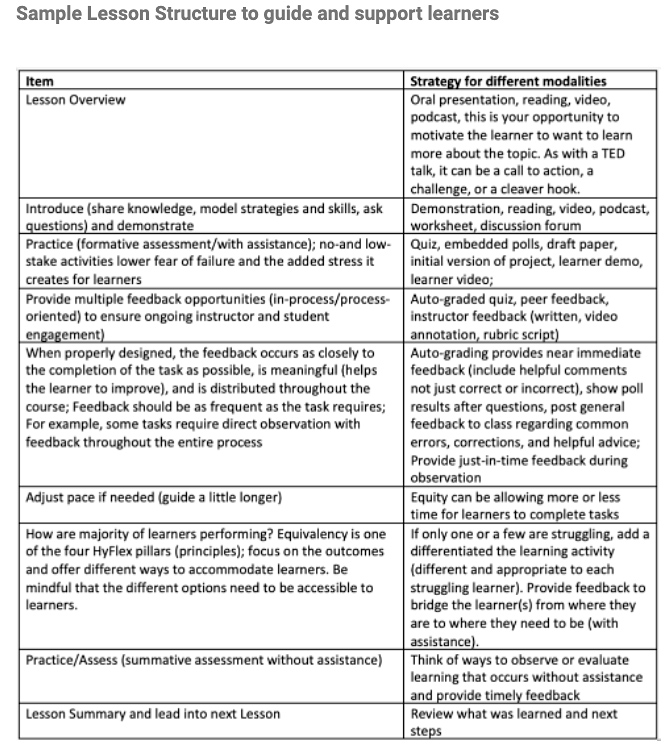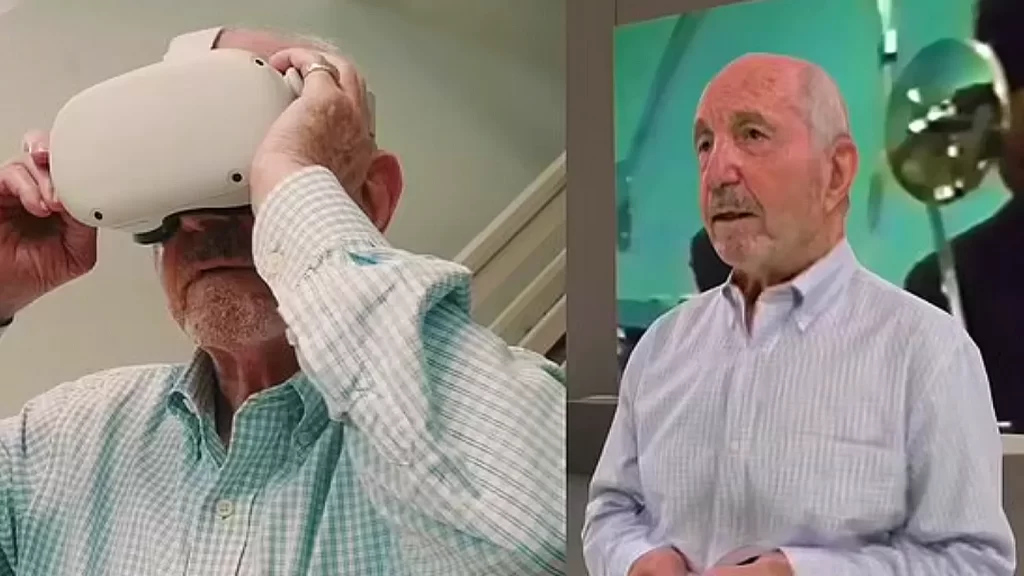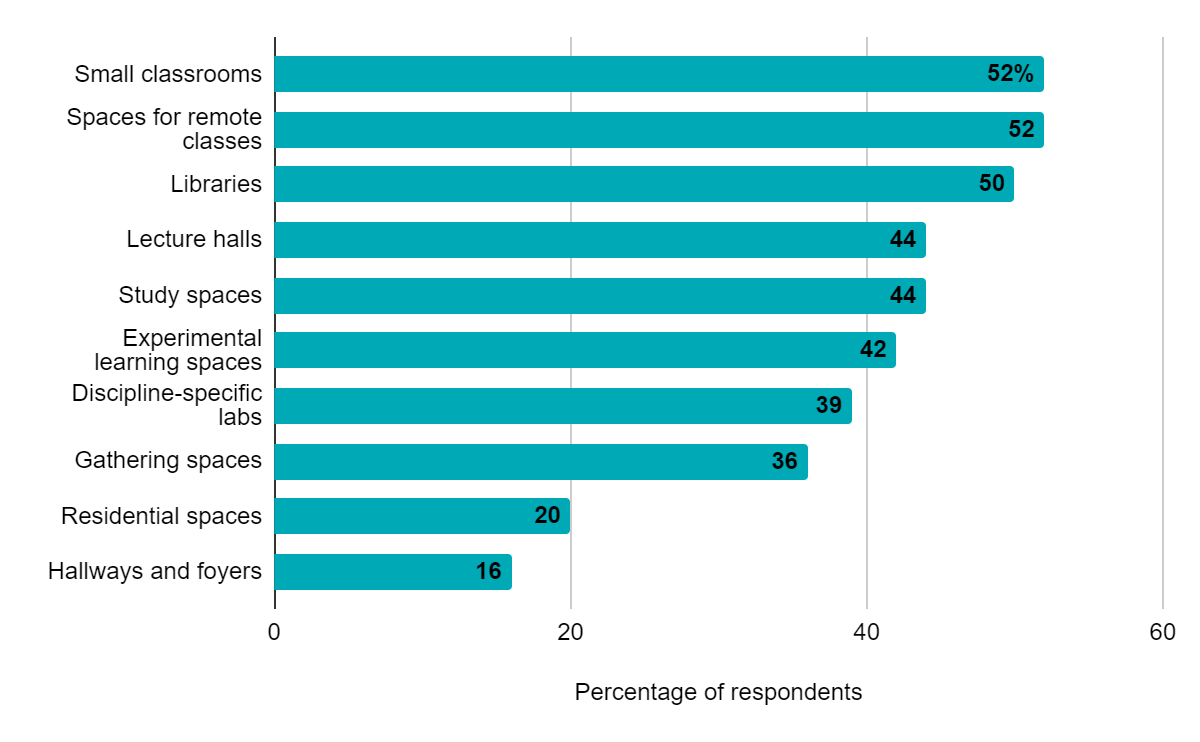Embrace the Change—Law School vs. Undergrad — from abaforlawstudents.com by Andrew Kryder
Excerpt:
Learn what to expect before law school to soften the blow. The following points are some of the major differences between undergrad and law school and advice on navigating these new challenges.
‘Law Students Need to Hear from People on the Ground’ – Alice Armitage, LexLab — from artificiallawyer.com by
Excerpt:
How do you help law students to really get to grips with legal tech and the changing profession? One solution is to host your own accelerator along with providing associated courses on legal technology, which is exactly what Alice Armitage, Chief Executive Professor at LexLab, at the University of California Hastings College of Law, is doing.
Armitage told Artificial Lawyer: ‘My belief is that law students need to hear from people on the ground about technology. With LexLab we have been able to get so many people to guest speak, on legal ops and legal informatics, and more. It’s been amazingly successful.’
ABA Legal Ed council seeks comment on proposed revision to law school admissions test requirement — from abajournal.com by Stephanie Francis Ward
Excerpt:
A suggested revision to remove the requirement for law school entrance exams will be going out for notice and comment, following a Friday vote by the council of the ABA Section of Legal Education and Admissions to the Bar.
No LSAT Required? Law School Admissions Tests Could Be Optional Under New Proposal — from wsj.com by Deanna Paul
American Bar Association floats proposal to allow law-school applications without LSAT or GRE scores















